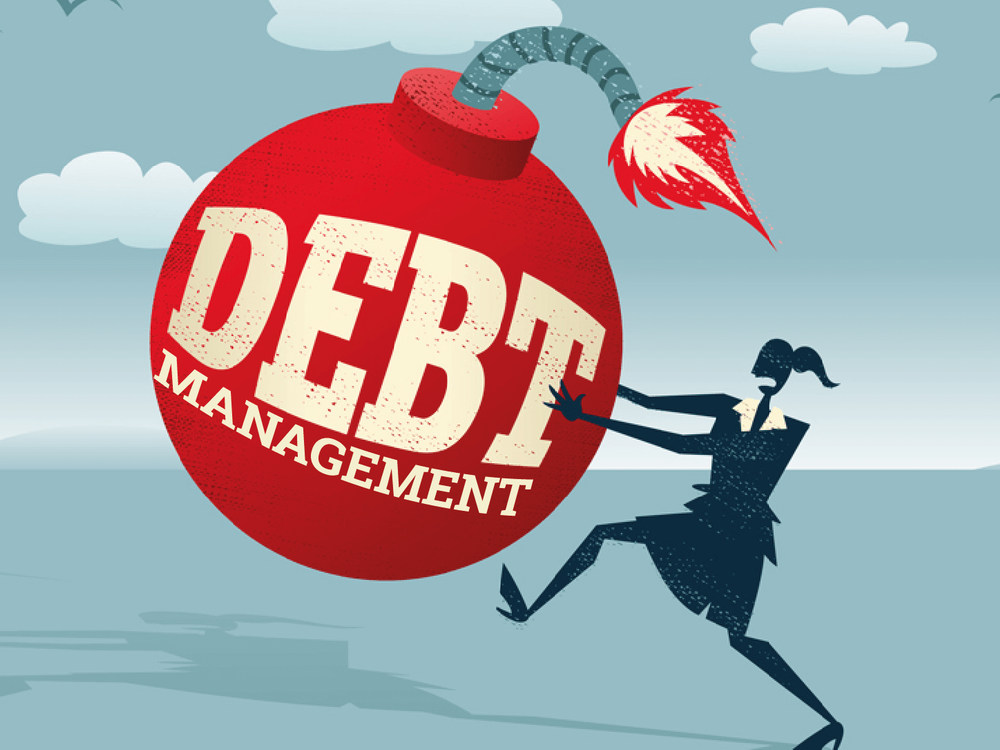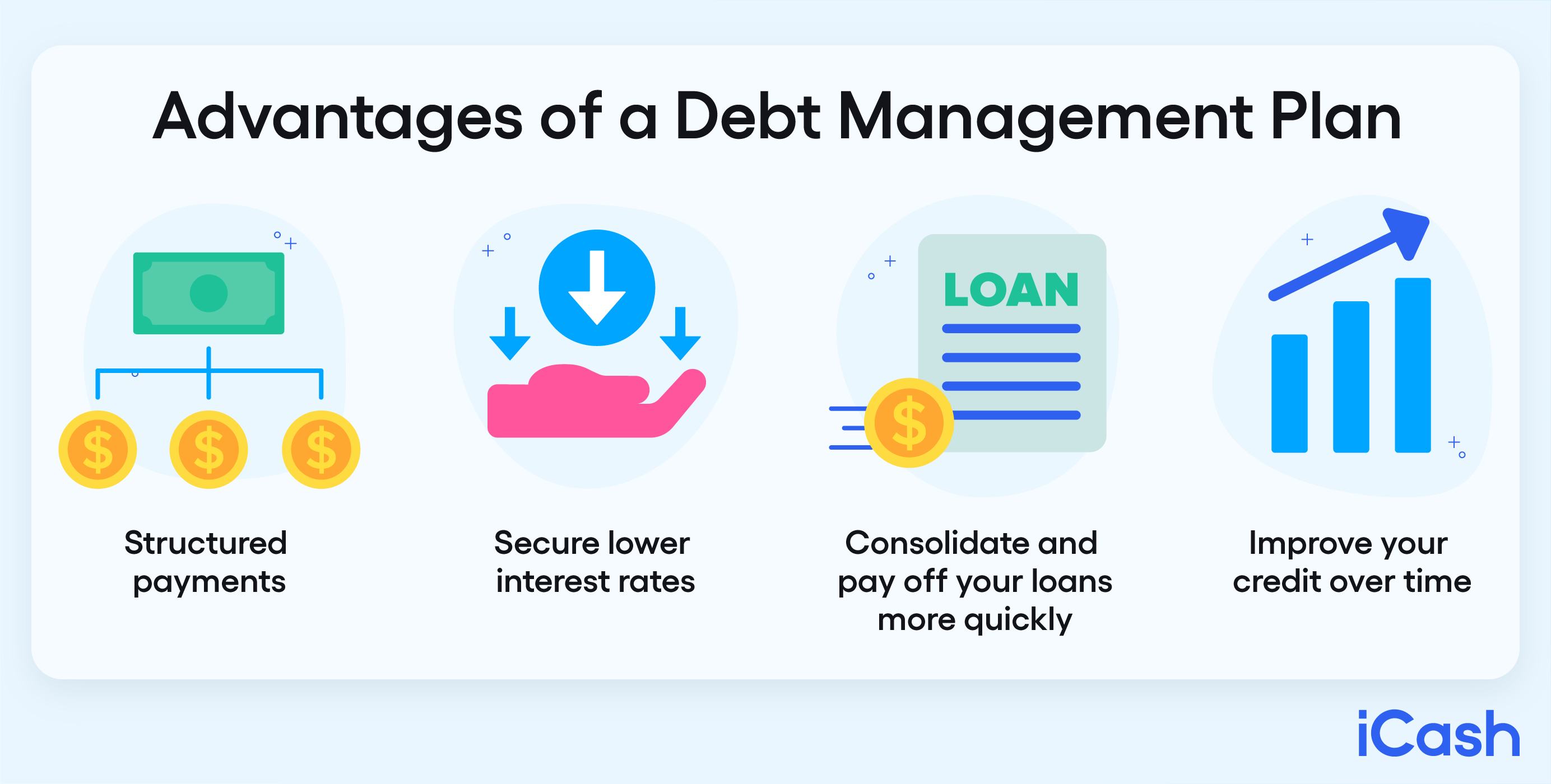Whatever You Need to Know Regarding Creating an Individualized Debt Management Plan
In the world of individual financing, devising a tailored financial debt administration plan is usually the keystone of accomplishing monetary stability and assurance. By meticulously examining your existing monetary commitments, establishing achievable financial objectives, and crafting a sensible budget plan, you lead the way for effective financial obligation repayment techniques. However, the trip to economic liberty is not entirely concerning preliminary planning; it also needs continuous monitoring and adjustments to make certain ongoing progression. As you browse the complexities of creating a customized financial debt administration strategy, understanding the details of each action is essential to your monetary success.
Assessing Your Existing Debt Situation
One should initially perform a detailed evaluation of their current debt commitments prior to developing a reliable financial obligation monitoring plan. Create a detailed list of each financial obligation, including the complete quantity owed, interest prices, minimum regular monthly payments, and due dates.
After compiling this details, calculate your total debt-to-income proportion by splitting your monthly debt settlements by your regular monthly revenue. Recognizing these facets of your economic situation will certainly direct you in developing a customized financial obligation administration plan tailored to your specific requirements and goals.
Setup Financial Goals and Targets

When setting financial objectives, it is essential to be specific, quantifiable, possible, pertinent, and time-bound (SMART) For example, you could establish a goal to pay off a certain quantity of financial debt within a certain amount of time, such as minimizing your credit report card equilibrium by $5,000 in the following twelve month - More Discussion Posted Here. By setting clear targets similar to this, you can track your progress and remain inspired to achieve your financial debt administration objectives
Additionally, take into consideration prioritizing your debts based on factors such as rates of interest, outstanding equilibriums, and repayment terms. By concentrating on high-interest financial debts initially, you can save money in the future and increase your journey towards monetary freedom. Keep in mind, each individual's financial situation is special, so customize your targets and objectives to fit your specific demands and circumstances.
Producing a Realistic Spending Plan
Crafting a well-defined spending plan is a basic action in effective financial debt management and economic preparation. A practical spending plan offers as a roadmap for your monetary wellness, assisting you track your income, expenses, and financial debt payments. To create a useful budget plan, begin by providing all your resources of earnings. This includes your salary, side hustle profits, or any type of various other financial inflows. Next off, brochure all your taken care of costs such as rent or home loan, energies, insurance policy, and loan repayments. Variable expenditures like groceries, amusement, and transport needs to also be included. Differentiate in between wants and needs to focus on crucial costs and determine locations where you can reduce.
On a regular basis evaluation and adjust your budget as needed to stay on track with your economic goals and financial debt payment strategy. By adhering to a practical budget, you can efficiently handle your financial obligation and work in the direction of an extra safe and web link secure economic future.
Discovering Financial Debt Payment Techniques
After developing a reasonable spending plan, the next vital step in reliable financial debt administration is to check out various debt repayment methods. One typical strategy is the snowball approach, where you focus on paying off the smallest debts first while making minimum settlements on bigger financial debts. This technique can aid construct momentum as you see smaller sized financial obligations being cleared, supplying motivation to deal with larger ones.
Another technique is the avalanche Related Site technique, which entails prioritizing financial obligations with the greatest interest rates. By targeting high-interest financial obligations initially, you can lower the total quantity you pay in rate of interest in time. This approach may be more affordable in the long run, despite the fact that it could take longer to see specific financial obligations completely paid off.
Debt consolidation is an additional alternative where you integrate multiple financial obligations into a solitary financing with a reduced rates of interest. This can streamline your settlement procedure and possibly lower the total interest paid. However, it's necessary to carefully consider the terms and costs linked with consolidation to ensure it's the best selection for your monetary scenario.
Monitoring and Readjusting Your Strategy

Adjusting your plan may involve reallocating funds to take on high-interest financial obligations initially, negotiating with financial institutions for lower rate of interest or far better settlement terms, or checking out extra try these out earnings resources to accelerate financial debt settlement. As your financial situation evolves, your financial obligation monitoring plan should adapt as necessary to stay effective. By remaining versatile and positive in surveillance and readjusting your strategy, you can maximize your efforts in the direction of paying off your debts effectively and achieving your economic objectives.
Conclusion
Finally, producing a tailored financial obligation management plan entails evaluating existing financial debt, establishing economic objectives, creating a practical spending plan, discovering payment strategies, and monitoring and readjusting the plan as needed. By adhering to these steps, individuals can take control of their economic scenario and job towards becoming debt-free. It is very important to remain disciplined and committed to the strategy in order to attain long-lasting financial security.
One have to first perform a comprehensive analysis of their present financial obligation responsibilities prior to formulating an efficient debt management plan.After developing a practical budget, the next crucial action in reliable financial obligation monitoring is to check out various financial obligation payment techniques - More Discussion Posted Here.To successfully handle your financial debt, constant tracking and change of your financial debt administration strategy are important components for long-lasting financial stability.Changing your plan might involve reallocating funds to tackle high-interest financial obligations initially, negotiating with financial institutions for lower interest prices or much better repayment terms, or checking out extra revenue sources to accelerate debt payment.In conclusion, creating a personalized debt monitoring plan includes examining current financial debt, setting financial objectives, developing a sensible spending plan, checking out payment strategies, and surveillance and adjusting the strategy as required